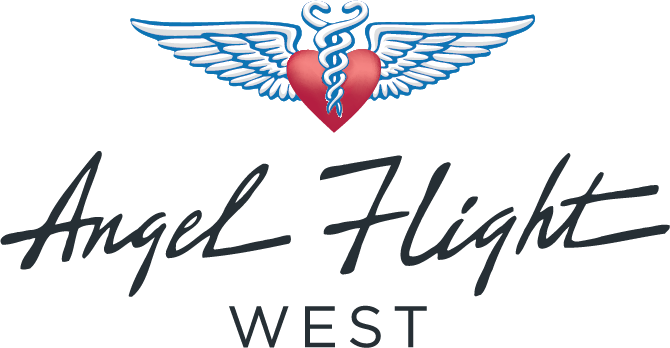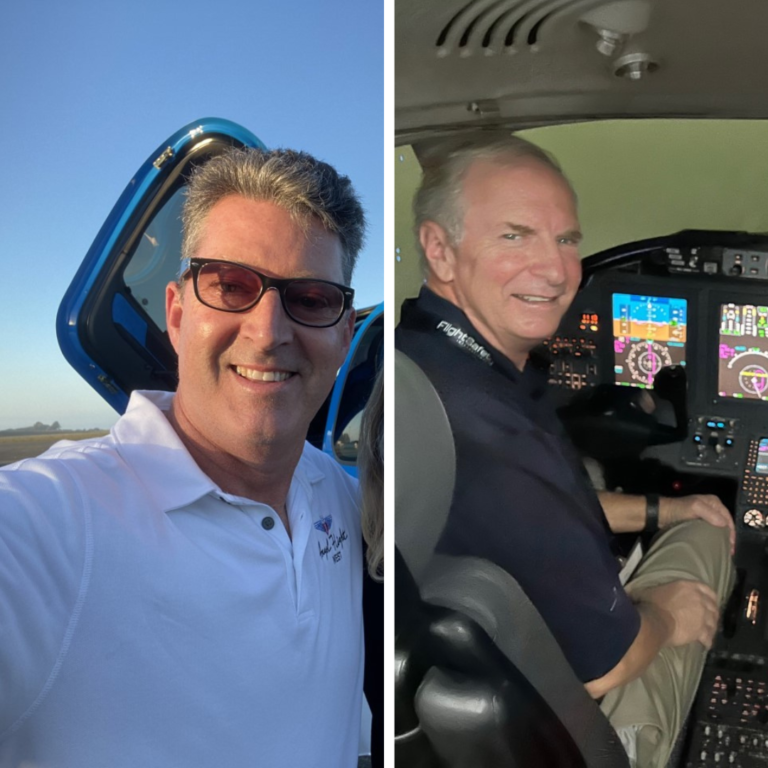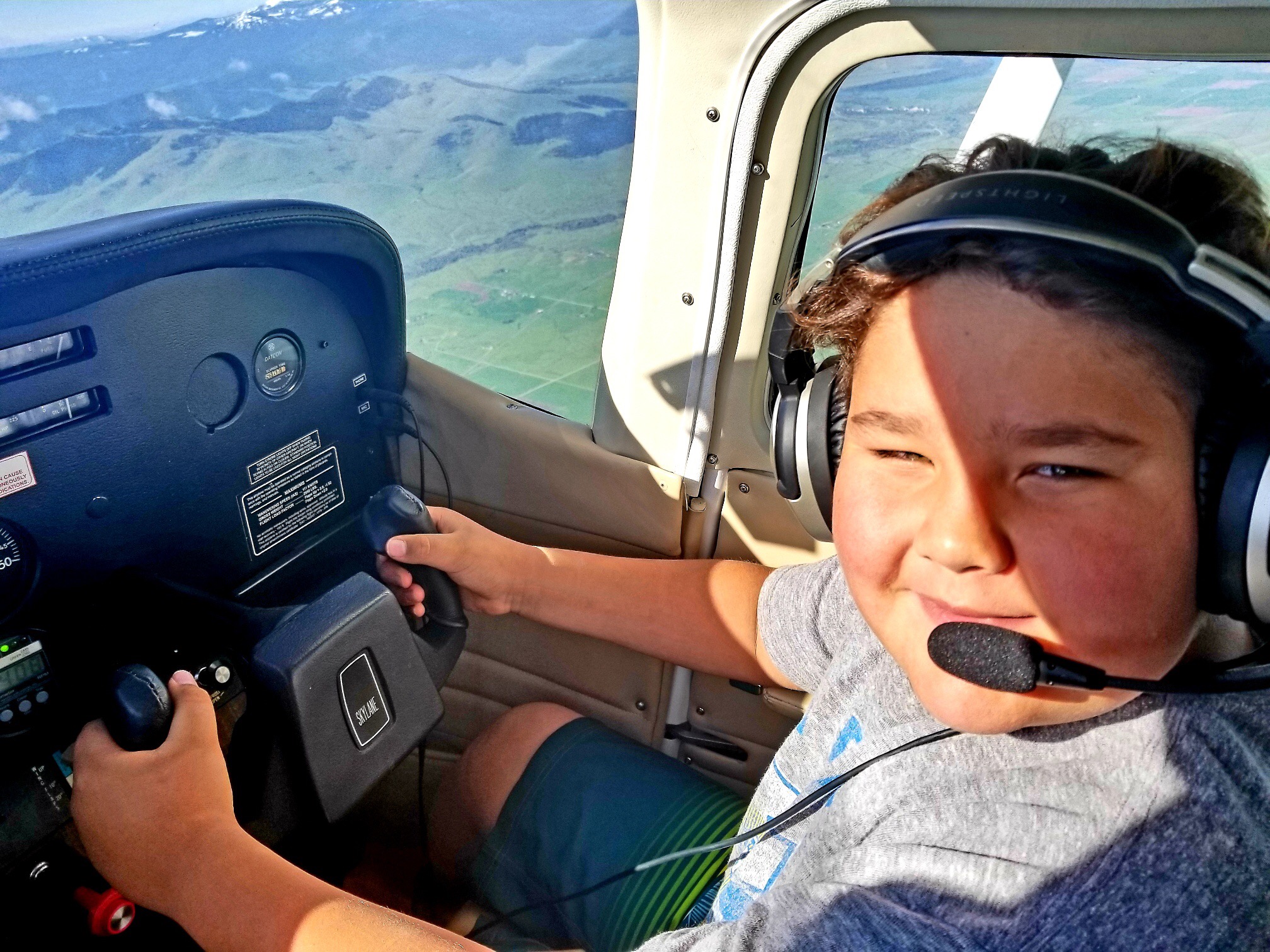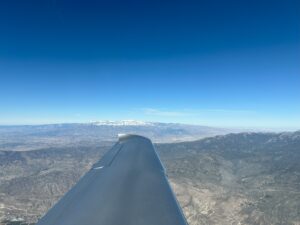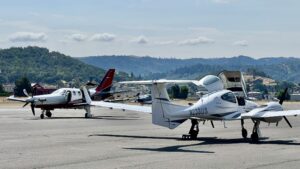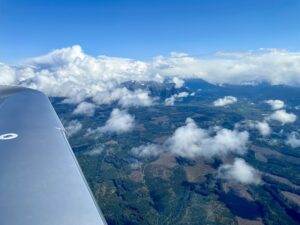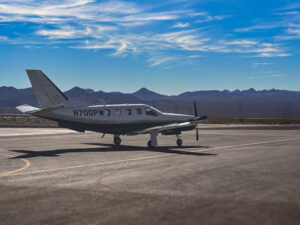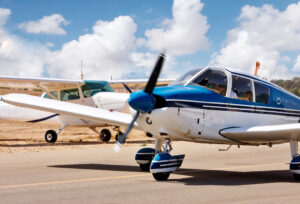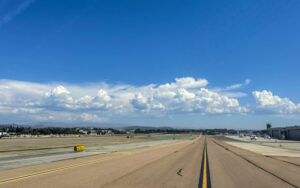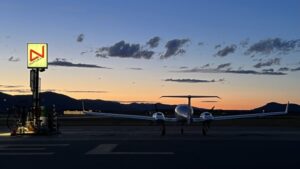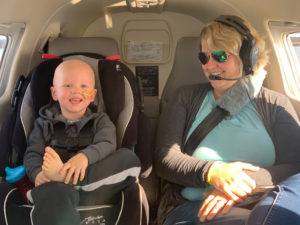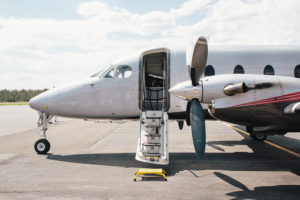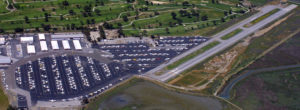Stay Alert, and Don’t Get Complacent Relying on Controllers
During my 44 years and 6,000 + hours as a pilot, there have been several near-miss experiences. The really close ones stick in my mind, much as any near-death experience would. Typically the close encounters occur while VFR in VMC. But occasionally we encounter a too-close call while IFR in IMC, just as one happened to me yesterday.
I was on my way from SMO to RDD in my Turbo Cirrus. Since headwinds were strong I stayed low at 6,000′. I was IFR, and because the Lemoore MOA was active, rather than direct to RDD I was cleared on V23 to Clovis VOR, and then direct to RBL. As I approached the Fresno area, clouds enveloped my Cirrus and it was solid IMC. Out of nowhere and without explanation, the controller told me to turn to a heading of 360. I complied. Then I picked up a target on my traffic display. It was at my altitude, within 5 miles, and just about 11 o’clock moving towards me. When the traffic was within a mile and still at my altitude, the controller advised me of a King Air at 11 o’clock. I responded that I was IMC. The King Air pilot then came on stating he had traffic on his TCAS at 12 o’clock. The controller told the King Air to turn right 20 degrees. As you are aware because I am writing this article, we both survived an all too close encounter of the worst kind. According to my traffic display, we were within ½ mile of each other converging at a rapid pace. Neither explanation nor apology came from the controllers. Although I was unnerved, I did not file a report with the FAA, but did file a NASA ASRS form for their database on near misses.
The point here is that controllers are human, and make mistakes. We cannot place 100% reliance in them. The message I come away with from experience as a pilot, and attorney who has been engaged in litigation involving air traffic controller negligence, is that flying is a shared responsibility. While the PIC has final authority for the safety of flight, controllers also have mandatory duties and obligations which come into play, particularly in the IFR environment. But we must remain cognizant that controllers may have heavy workloads, maybe in a training phase, maybe fatigued, or just may not be paying attention. In VMC, even when on an IFR flight plan or getting VFR advisories, we pilots have the responsibility to keep our eyes outside, and inside on the TCAS or TCAD, assuming we are lucky enough to have such valuable equipment. Without such devices, see and avoid is worthless while in the clouds. Trust is required. But best to follow the advice of our former Governor/President: “Trust, but verify!”
So, a few simple safety tips to keep in mind:
- Always keep a vigilant lookout for other traffic.
- When flying with passengers, let them know that it is okay to advise you of any aircraft they think are too close.
- Never fly into IMC while VFR without a clearance.
- When IMC, if a controller calls out traffic, let the controller know you are IMC, inquire where the traffic is, and ask what can be done to keep a safe distance away from a potential mid-air collision.
